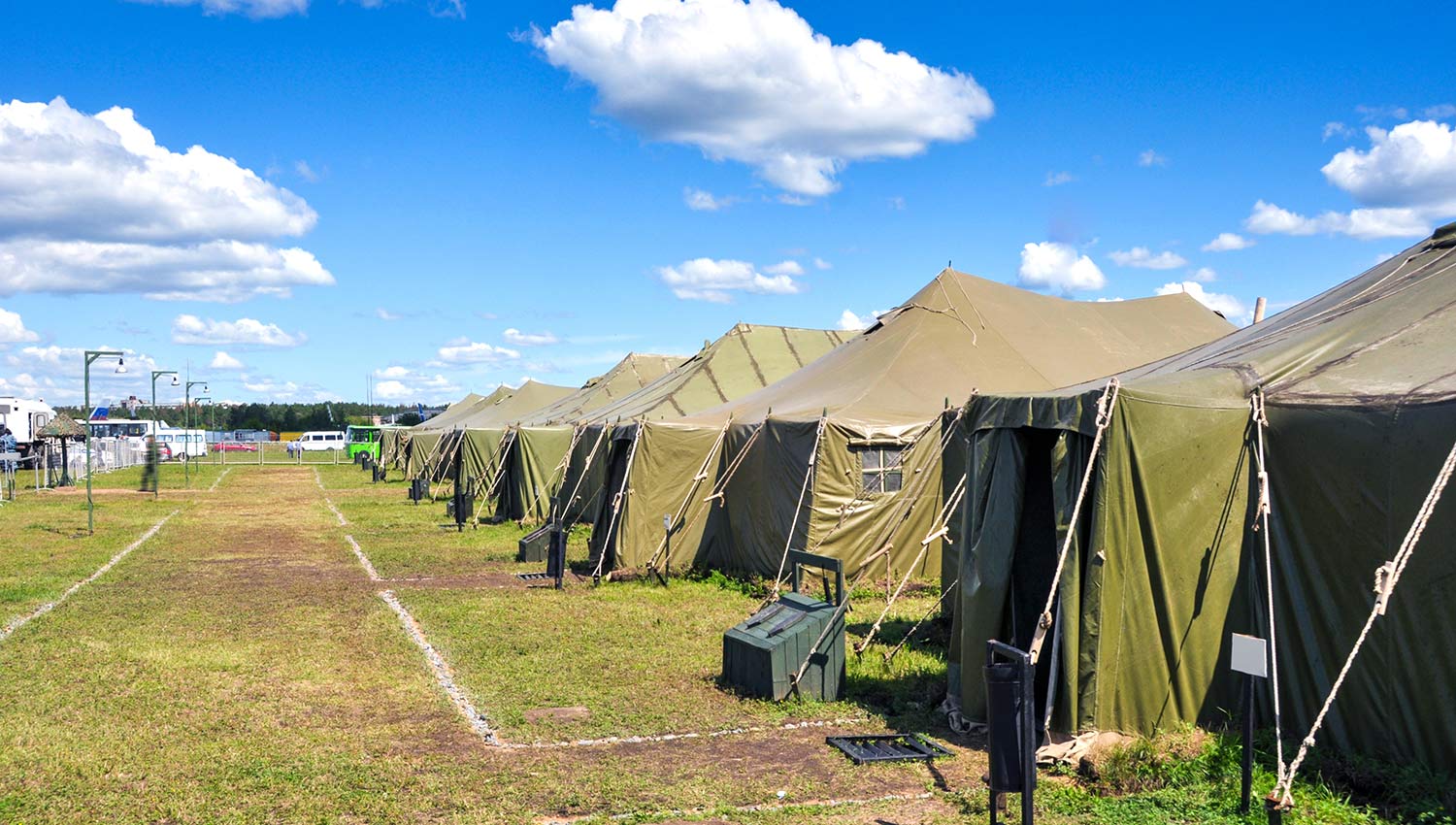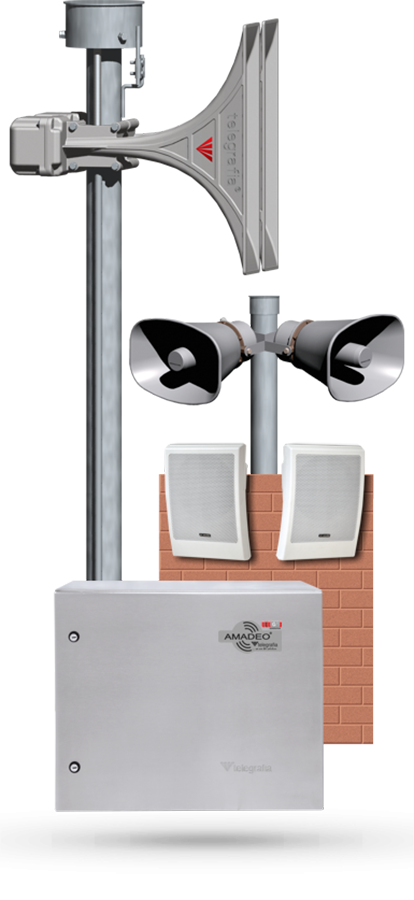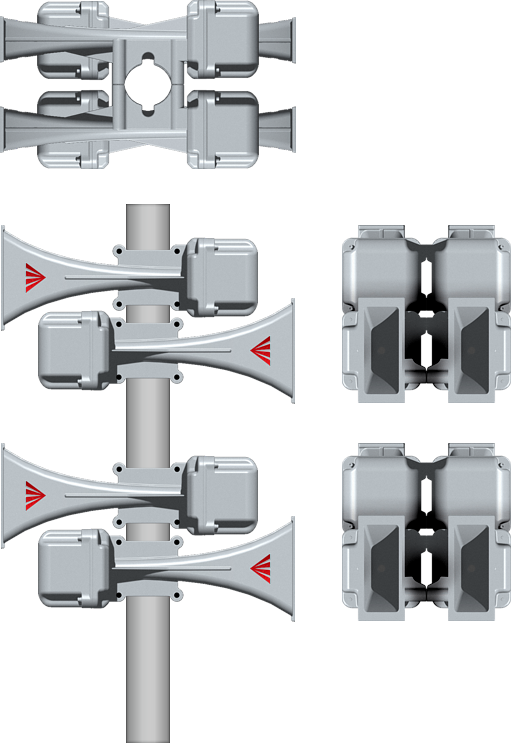
Warning and PA Systems in Military Camps
The crew at Ramstein, the US military base near the German city of Kaiserslautern, has recently convinced themselves of the importance of the precise setup of the warning system. In December 2020, sirens warning against an air raid got automatically activated. However, it was apparently a Russian military exercise, taking place some 5,000 kilometres away, that triggered the false alarm.
Obviously, device failures cannot be wholly prevented—the military needs accurate, precise, and fast information about what is happening. Therefore, military areas, camps, and facilities must be secured and protected by a dependable warning and sound system. There are several reasons why:
- The most important reason is as quick a response as possible in the event of a real emergency. The response time and dependability of the warning system play a crucial role.
- Warning systems are commonplace in various types of military exercise or drill or at shooting ranges.
- In case of the entry of an unknown person into the area, the army is placed in a state of alert. Hazardous materials (such as ammunition or fuel depots) and dangerous technology may also be present on site.
- An intelligent warning and PA system can be of assistance in issuing orders within a military organisation.
Furthermore, electronic siren systems perfectly serve and suit extensive military facilities. A single system performs all warning, information, and security functions. This is made possible by a combination of several types of warning devices. Now let us have a look at such devices in more detail.
Modularity and adaptability of warning systems
How to achieve the ideal reliability, correct setup, and fast delivery of different warning messages in warning systems in military camps? The key is modularity, i.e. several devices are combined and set up according to specific system requirements of a particular client. The system, composed of Telegrafia’s technologies, could look like this:
- A control centre as the system background, consisting of several computers equipped with the Vektra® software that interconnects and controls all sirens.
- The Amadeo PA system installed indoors in a military camp controlled centrally or via multiple consoles and playing and distributing live, recorded and radio announcements.
- Gibon or Bono electronic sirens, depending on the required performance, deployed outdoors throughout the campsite; the sirens functioning independently and having their own power backup.
- Accessories, such as mobile sirens for exterior exercises and drills, or sensors monitoring conditions in various locations; the system linked to warning systems in adjacent towns if necessary.
Military camps vary in size (the area of Europe’s largest garrison site, Catterick Garrison in England, is about 10 km2) and requirements, so the warning system can be tailored to suit. This includes other warning system components such as radio stations, radio infrastructure and mobile phones or tablets with the appropriate software installed.
Making the most of warning and PA technologies
Electronic sirens and related elements for the military are among the most complex and sensitive warning applications in terms of their setup. They are not only a combination of sensors and sirens but large-scale systems with many components. To avoid as much as possible similar technological failures as in the Ramstein incident mentioned above, it is crucial to set up and operate the system adequately.
The high demands of such systems only emphasise the need for effective warning and information dissemination for the military. After all, these forces are at the front line of civil defence. The timely sounding of electronic sirens with the correct warning tone or announcement only makes their deployment in emergency situations faster and better.
The article was written by
Miroslava Malachovska
Miroslava is the marketing manager. She has been working for Telegrafia for more than twelve years. She began as a business department assistant and later worked as an educational centre coordinator. Since her return from maternity leave, she has been working for the marketing department. The experience and knowledge she has gained give her a solid base for the challenging and creative work she is now doing for the marketing department. She loves running, and keeps fit by regular training and preparing for half-marathon competitions.


